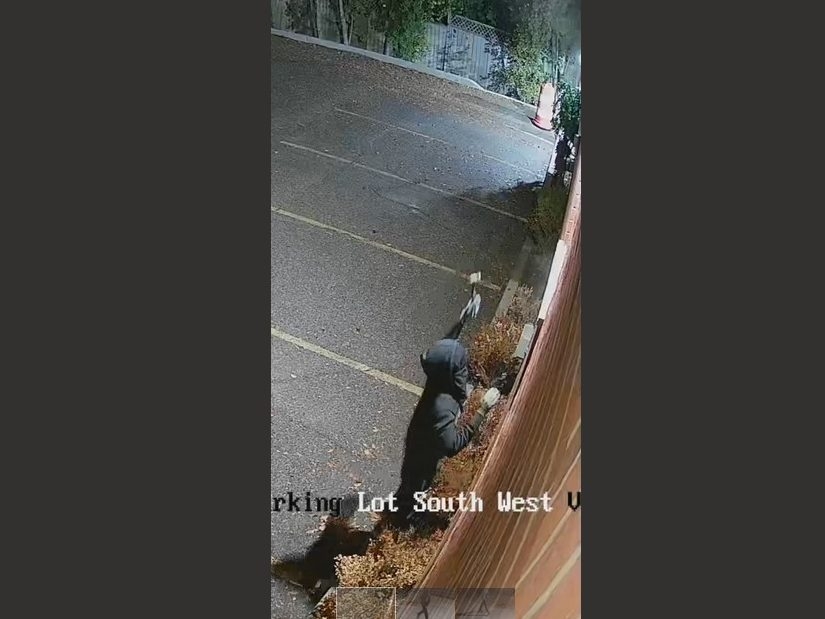The wreckage of a transport truck became a gateway to freedom for a group of monkeys in Mississippi, triggering a frantic search and a wave of fear. The incident began last week when the vehicle, carrying the primates, crashed, scattering its unusual cargo along a rural highway.
Initially, reports circulated that the Rhesus monkeys posed a public health risk, potentially carrying diseases like herpes and even COVID-19. This fueled anxiety as authorities and the transport company launched efforts to locate and contain the escaped animals.
The search has been grim. Despite assurances from the research facility that the monkeys weren’t infectious, the number of fatalities continues to rise. Now, fourteen monkeys have been confirmed dead, a stark consequence of the escape and the ensuing panic.

The latest tragic incident involved a mother protecting her family. Jessica Bond Ferguson, alerted by her teenage son, discovered a monkey in her yard near Heidelberg, Mississippi. Remembering warnings about potential diseases, she acted decisively.
Armed with a firearm and her cellphone, Ferguson confronted the animal from a distance of sixty feet. She described a chilling scene, firing twice before the monkey finally fell. Her justification was simple and raw: she was defending her five children, ranging in age from four to sixteen.
“I did what any other mother would do to protect her children,” Ferguson stated, her voice echoing the primal instinct to safeguard her family. The incident highlights the fear and uncertainty that gripped the community.

The transport company involved, a biomedical research support organization, maintains the monkeys were being lawfully transported to a licensed research facility. They emphasized the animals were not known to carry any diseases, but acknowledged their likely distress and disorientation.
Despite the company’s assurances and cooperation with authorities, the escape has shone a harsh light on the often-hidden world of animal research. The incident raises questions about transparency and the safety protocols surrounding the transport of these animals.
As of today, only one monkey remains at large. Authorities continue to urge the public not to approach the animal, warning of its potentially aggressive behavior. The search continues, a somber reminder of the chaotic aftermath of the crash and the tragic fate of these primates.





